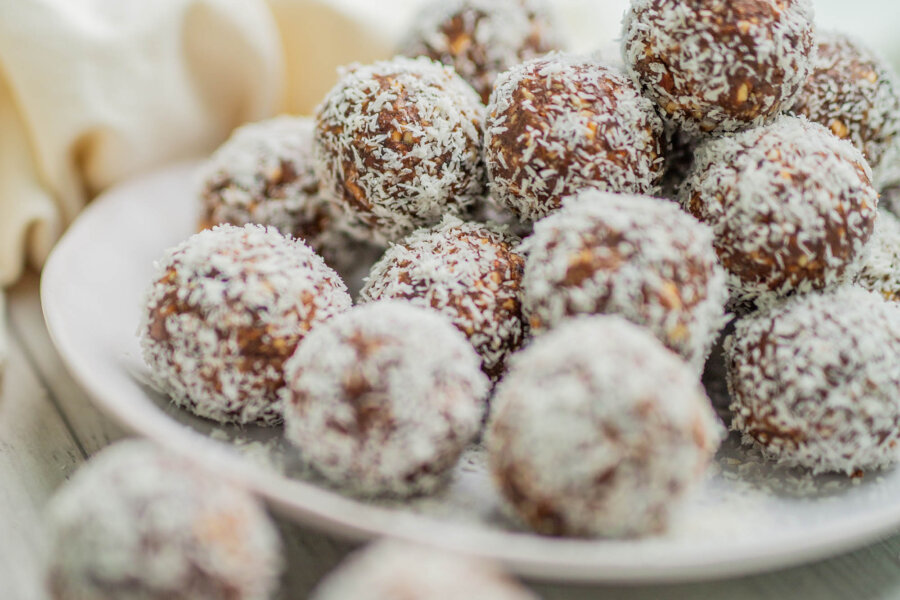Falling pregnant with my baby boy marked the end of my journey with painful periods. I was one of the lucky women whose period pain simply didn’t return after birth. I always hated my period pain when I did get it, but with the exception of a few very heavy and painful periods as a teenager, my period pain was mostly tolerable. As I dive deeper into the hormone space I am confronted more with horrific period pain stories that come from women without a secondary dysmenorrhea diagnosis eg, endometriosis, adenomyosis, or PID. I’m shocked to hear stories of women calling the ambulance due to period pain just so they could get morphine even when they do not have an underlying disease. Improving period pain without the use of hormonal contraception (which only offers symptomatic relief and does not address or fix the underlying cause) takes a multi-faceted approach. It is not an easy fix and it’s usually something that requires a total lifestyle change.
This article does not address the more serious conditions like endometriosis, adenomyosis PID etc which often require a much more in-depth approach. To find out more about endometriosis and adenomyosis you can read my article here: https://talidavoinea.au/understanding-endometriosis/

Prostaglandins: The cause of period pain is due to the release of inflammatory prostaglandins which cause the uterus to contract to shed the lining. There are 4 main types of prostaglandins, some more inflammatory and pain promoting than others. Prostaglandins are a type of steroid hormone made from fat. Prostaglandins derived from omega 3 fatty acids are anti-inflammatory and create less pain compared to omega 6 derived fatty acid. Eating a diet rich in omega 3 while also lowering omega 6 content helps to create more anti-inflammatory prostaglandins. There is some debate over the correct ratio between omega 6 and omega as both are essential for health but most agree omega 6 to omega 3 ratio should ideally be 4:1, however, I have heard estimates that a standard diet is more like 25:1. Cutting out deep-fried foods, junk foods, and inflammatory vegetable oils and replacing these fats with omega 3 rich sources like chia seeds, walnuts, flax seeds, pumpkin seeds, hemp seeds as well as some algae and other sea plants can help to improve the balance between omega 3 and omega 6. (here is a good algae-based omega 3 soft gel from My Protein) Since omega 3s are more difficult to get from a normal diet, it is necessary to eat the above-mentioned foods daily and incorporate at least 2 TBSP a day if possible. Fish is also an excellent source of omega 3 however care should be taken not to consume high mercury/high toxin fish.
Inflammatory diet: A plant-forward diet is generally viewed as anti-inflammatory. This is confirmed through some minor research suggesting improvement in period pain when switching to a vegan diet. Meat and high-sugar foods like soft drinks have been found to be potential causative factors for increased period pain. High-fat dairy consumption seems to improve period pain in women compared to women who consume no dairy at all. This is theorized to be because of the high amount of calcium in dairy (calcium supplementation can help with period pain). However, anecdotally many women find major improvement from period pain when they cut out or eliminate dairy especially if there are digestive concerns. Excluding or limiting alcohol and caffeine has also been shown to be beneficial for period pain.
Overall the evidence suggests that reducing high-sugar “junk” or processed foods and increasing consumption of plant-heavy whole foods, mono and polyunsaturated fats with an emphasis on omega 3 is associated with less period pain.
Stress: High cortisol produced by stress drives the inflammatory response and leads to systemic inflammation which contributes to period pain. Chronic stress can also lead to other hormone imbalances that may also affect period pain. One study found that stress had the ability to increase PMS symptoms, including period pain by 4 times when stress was experienced 2 weeks before the beginning of a period. The most plausible explanation for this is that more prostaglandins are released in a higher inflammatory state due to stress. It is important to remember that stress is not just situational, stress can be caused by many things like lack of sleep, too many toxins, emotional trauma, undereating or overeating, under-exercising or over-exercising as well as underlying infections and many other causes.
Hormone Imbalance: A hormone imbalance may indirectly lead to more painful periods. Excess prostaglandins are seen in high estrogen states. Excess exogenous (external) estrogen is due to an increased intake of estrogens from previous or current use of hormonal contraceptives containing synthetic estrogens as well as xenoestrogens in plastics, beauty products, and cleaning supplies. Excess estrogen is also seen in estrogen-containing foods like meat and dairy. Excess estrogen can also be due to poor liver and gut function and the re-circulation of estrogen vita enterohepatic circulation. Regular bowel movements, cruciferous vegetables, phytoestrogen rich foods like flax and soy, seaweed and iodine and stress management can help to improve estrogen dominance. You can read more about this in my estrogen dominance article here: https://talidavoinea.au/understanding-estrogen-dominance/
Nutrient deficiencies: Some studies have reported certain nutrients being able to help improve period pain. It would then stand to reason that a deficiency in some nutrients can make period pain worse. Specific nutrients associated with period pain include Omega 3, calcium, vitamin D, vitamin E, and magnesium. As always it is best to get nutrients from whole foods as opposed to supplements as supplements are not always well-tolerated and can create imbalances. Adequate sunlight is the best source of vitamin D. Nuts and seeds, are great sources of calcium, magnesium, and vitamin E. Olive oil is also a great source of vitamin E. Leafy greens are good sources of calcium and magnesium. Dark chocolate is also a very high source of magnesium.
Muscle Tension: Period pain is significantly worse when uterine muscles are tight. This is why “age” has been shown to be the main causative factor in painful periods. It is normal and expected for younger women to have more painful periods. Young women have tighter uterine muscles. Reducing stress, applying heat, gentle exercise, and massage can all help with muscle relaxation. Vitamin D and magnesium are crucial in helping to ease muscle contractions and help muscles relax. Magnesium has been shown effective in reducing period pain in preliminary studies.
Conclusion:
To summarise, period pain is caused primarily by inflammatory prostaglandins. Inflammation gives rise to inflammatory prostaglandins which worsen period pain. Although diet is a major contributor to chronic inflammation for many people it is not the only aspect. Acute inflammation from stress or illness can temporarily exacerbate period pain. Inflammation has many different causes and so it is important to address the unique problems of each individual.
For effective symptom relief from period pain, try this science backed electronic heating pad from MyCuddly Use my code TALIDA for 10% off
References:
https://www.ncbi.nlm.nih.gov/pubmed/10674588
https://www.ncbi.nlm.nih.gov/pubmed/30096156
https://www.ncbi.nlm.nih.gov/pubmed/15662292
https://www.ncbi.nlm.nih.gov/pmc/articles/PMC7834752/
https://www.ncbi.nlm.nih.gov/pubmed/22261128
https://www.ncbi.nlm.nih.gov/pmc/articles/PMC5963185/
https://www.ncbi.nlm.nih.gov/pubmed/30630172
https://www.ncbi.nlm.nih.gov/pubmed/20492391









